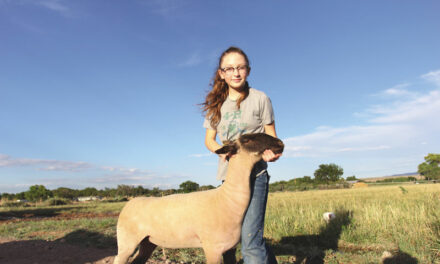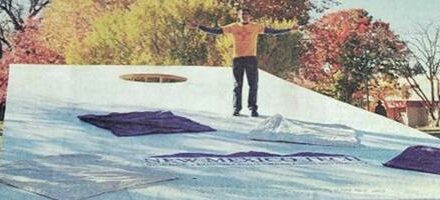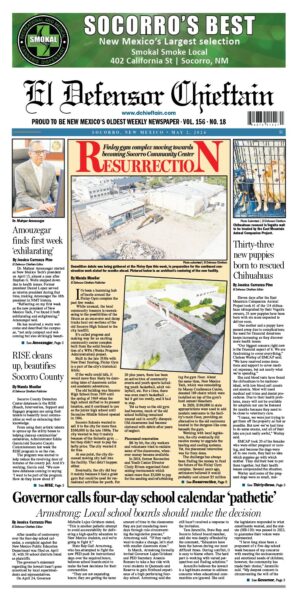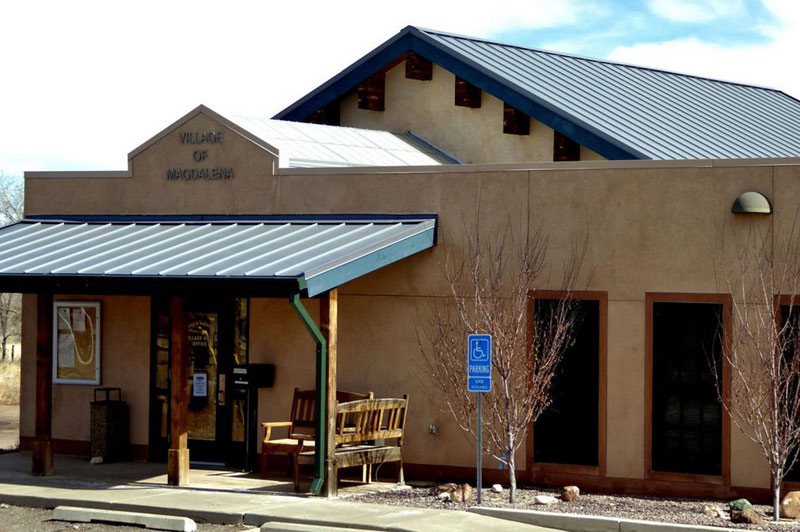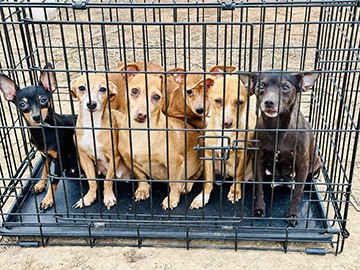
Search and Rescue wants you to plan, prepare and pack with care because even a short hike can suddenly change into a long one.
Russell Huffman| El Defensor Chieftain
With summer quickly slipping away and recent rains greening up the countryside, now is the perfect time to prepare to hit the trails and explore Socorro County.
Getting out there is about the physical test, the mental challenge, the memories, and also the awesome way nature can open our eyes and soothe our souls.
The best outdoor adventures end with a nice cold drink back at the trailhead or the house. Maybe a pizza and a hot shower, and downloading those amazing photos you took, or charting a new trail in your journal.
However, not every outing follows that routine. A slip-and-fall, a storm, two flat tires, a medical issue or just simply losing your way can leave you stranded out there, on or off the beaten path, for an unknown amount of time, maybe even overnight.
While it might seem like a lot of bother, having Search and Rescue respond to your “trouble” is not the worst case scenario. These volunteer teams are there for the very purpose of getting you home or to medical care quickly.
But should that need ever arise, hikers and outdoor enthusiasts can do a lot to assist Search and Rescue even before they are dispatched. Sum it all up with the three Ps: Plan your trip, publish your plan, and pack smart.
Plan the Trip
Looking at maps and apps for your proposed outing is a great idea. Make sure the map is up to date and you know the status of the roads.
Knowing the skill level and length of the route is a huge factor in preventing mishaps. You can make sure you have the right gear in your pack, and judge the time it will take.
Check the forecast for possible severe weather, and expect the unexpected. Most desert dwellers know that rainfall many miles away can still affect creeks and arroyos downstream. Where are the wildfires? Thundersnow has happened in the high country – in July. It’s always a good idea to arm yourself with good weather knowledge before lacing up your boots and heading out.
Publish Your Plan
This may be the easiest step as it requires no gear and almost no time, and can absolutely save your life.
Kyle Stafford of Socorro Search and Rescue said, “Tell someone where you are going! Name the trail, canyon, or area you are going to and give an estimated time that you expect to be back. This takes out a lot of guesswork… and can help Search and Rescue locate you faster.”
There are personal locator beacons and satellite devices by Garmin or Zoleo, that make Search and Rescue’s job a lot easier. Both need a charged battery to function. PLBs don’t have two-way communications, i.e., you cannot send a message for help but someone can find you using the locator info. The satellite devices require a subscription, and some can transmit pre-written messages depending on the situation: AOK, Plan B (I’m ok but will be late), or SOS.
Stafford said, “We regularly recommend satellite communicators for anyone who spends a lot of time outdoors and off the grid” and reports that SAR members personally use them.
Pack Smart
For a day hike, maybe you think you don’t need all that much gear. If you want to travel light but smart, it’s critical to carry these items in your pack. Don’t leave home without them.
Water is of course the most crucial item. According to Stafford, “nowhere in New Mexico is it okay to ever rely on having an external source of water.” His recommendation is for hikers to bring at least two liters of water, per person. Hard-sided (Nalgene) bottles are best as flexible bladders are susceptible to punctures and leaks.
This next piece of equipment might surprise you: bring along a whistle. It’s super lightweight, takes up no space at all, and can signal your location to searchers long after you have gone hoarse calling for help. SAR suggests buying one with no bead “since those can get stuck frozen in the cold.”
Also essential is a good flashlight, especially if you hike in the early morning or stay out past sundown. Two flashlights are even better, and don’t forget the extra batteries. Many affordable flashlights have emergency flasher settings, to boot.
Your cell phone, with all its apps, maps and communications potential, is also essential, but will be completely useless if it goes dead. Extra battery packs are not all that heavy, and some use solar to recharge. If you think you have no signal, try dialing 911 anyway as your phone may pick up “out of network” towers in emergency circumstances.
If your phone does go dead, a back-up paper topographical map, along with a compass or GPS device, is a great idea. Knowing how to read and use these items is still a vital skill that should be familiar to all outdoor enthusiasts.
A good-quality knife, either folding or fixed blade, can be crucial to have. Just know how to use it properly, whichever style you choose.
A word about the pack you carry: it’s worth paying a little more for a backpack that will be comfortable and adjustable, and will accommodate the gear you need.
Get in the habit of zipping all the zippers and closing all the closures as a rule. If a useful item happens to fall out, it’s going to do you no good whatsoever.
Dress for Success
Aside from filling your backpack with essential items, what you wear is just as important.
Dressing in layers is standard procedure. If it’s hot when you start, carry that outer shell layer in your pack in case of sudden downpour or cold front. Believe it or not, a heavy gauge plastic garbage bag with a pre-cut face hole makes an excellent temporary raincoat/shelter. Even better if it’s high visibility orange or blue.
Cotton layers don’t wick sweat very well, and cotton socks are an absolute no-no. “Cotton kills” is a phrase that veteran Grand Canyon guides have repeated through the years. Someone who is wearing cotton socks is most likely going to need help walking out if not require carrying out, due to incapacitating blisters.
That said, carrying an extra pair of wicking/wool socks is not a bad idea. An extra pair of shoelaces might be overkill, but what could it hurt?
If you are mountain biking, spare tubes and a pump are just as important. Don’t forget ‘em!
Top it all off with some kind of head covering, whether it’s a hat with a brim or just a bandana. Getting the sun out of your eyes, off your forehead and skull can help you stay cool. A knitted beanie might add some warmth if you are out in the cooler months, or hit elevation and encounter brisk temperatures.
Enjoy your wanderings, be safe and come back home to that pizza and shower – tired, happy and hungry.
Don’t Wait To Call
There is no waiting period for reporting a problem and starting the search and rescue process. Loved one hasn’t checked in yet? Call 911 and give them all of the info you can about their trip plan. Are you sitting on a remote trail with a broken foot? Did you misread trail markers and don’t know how to get back? Go ahead and call 911 to activate a team.




